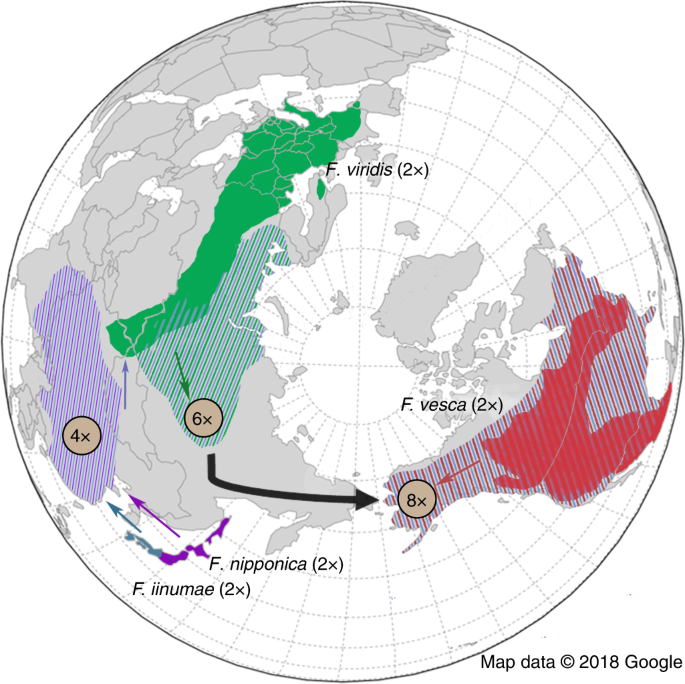Journal club sur la génomique évolutive et la biologie des systèmes
Puddu F, Herzog M, Selivanova A, Wang S, Zhy J et al. Kupiec M, Jackson SP, 2019.
Genome architecture and stability in the Saccharomyces cerevisiae knockout collection
Responsable de la discussion : Johan Hallin du Landry Lab
Vendredi 4 octobre à 11h30, 3225 Pavillon Marchand










